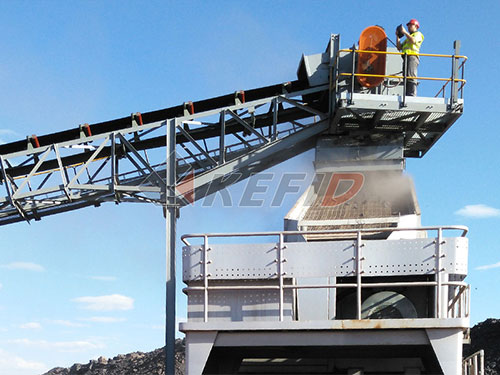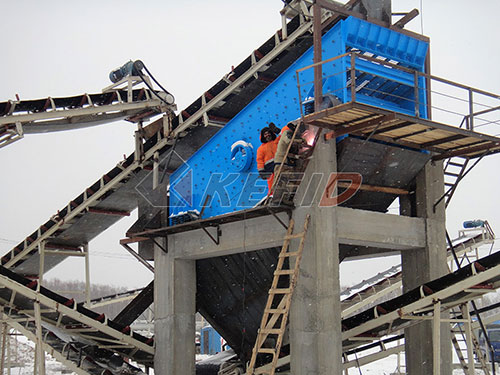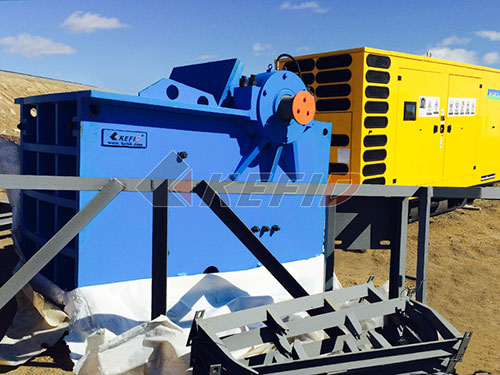The Enduring Workhorse: Revisiting the 1974 Symons Cone Crusher Fine Head Configuration

In the world of aggregate production and mineral processing, few names command as much respect as Symons. Throughout the mid-20th century, their cone crushers became synonymous with robust construction, reliable performance, and exceptional particle shape control. Among these stalwarts, machines featuring the Fine Head configuration, particularly those manufactured around 1974, represent a significant chapter in crushing technology history – a bridge between purely mechanical designs and the dawn of more sophisticated hydraulic systems.
The Symons Legacy: Built to Last

The hallmark of Symons cone crushers was their mechanical simplicity married to rugged engineering. By 1974, the fundamental design principles established decades earlier were well-proven:
1. Spring-Based Tramp Relief: The primary safety mechanism relied on heavy coil springs surrounding the main frame. Excessive pressure from uncrushable material (tramp) would compress these springs, allowing the crushing bowl to lift momentarily and release the obstruction before settling back into position.
2. Gear & Pinion Drive: Power transmission was achieved through a robust gear and pinion assembly directly coupled to the eccentric assembly below the crushing chamber.
3. Adjustable Crushing Chamber: Crucially, product size control was achieved mechanically by manually raising or lowering the entire bowl assembly relative to the main frame and mantle via threaded adjustment rings (the “Bowl” or “Adjusting Ring”). Locking bolts secured the setting.
The Significance of the Fine Head
The term “Fine Head” specifically refers to the geometry of the crushing chamber formed by the shape of the mantle and concave (bowl liner). Compared to Standard or Short Head configurations:
Steeper Cone Angle: The Fine Head mantle has a steeper profile relative to its concave counterpart.
Longer Parallel Zone: This geometry creates a more extended region near the discharge where particles are subjected to multiple compressive forces between parallel surfaces.
Primary Goal: Superior Particle Shape & Smaller Product Size.
This design excels at producing cubical particles and achieving finer final products compared to other chamber types on similar-sized Symons crushers (e.g., 4 1/4′, 5 1/2′, or 7′). It made them ideal for tertiary crushing applications – taking feed from secondary crushers (often Standard Head cones) and producing precisely sized sand or chip products essential for high-quality concrete and asphalt.
The 1974 Context: Ref

Leave a Reply